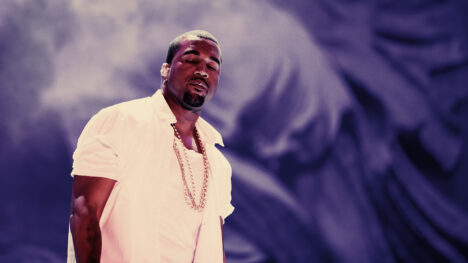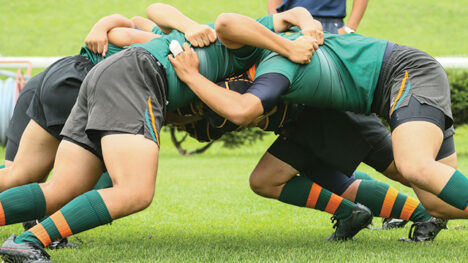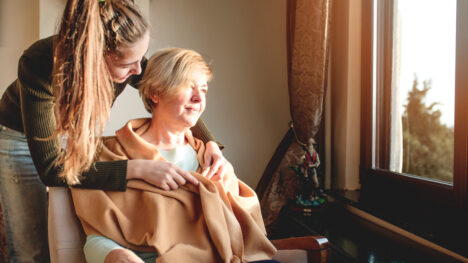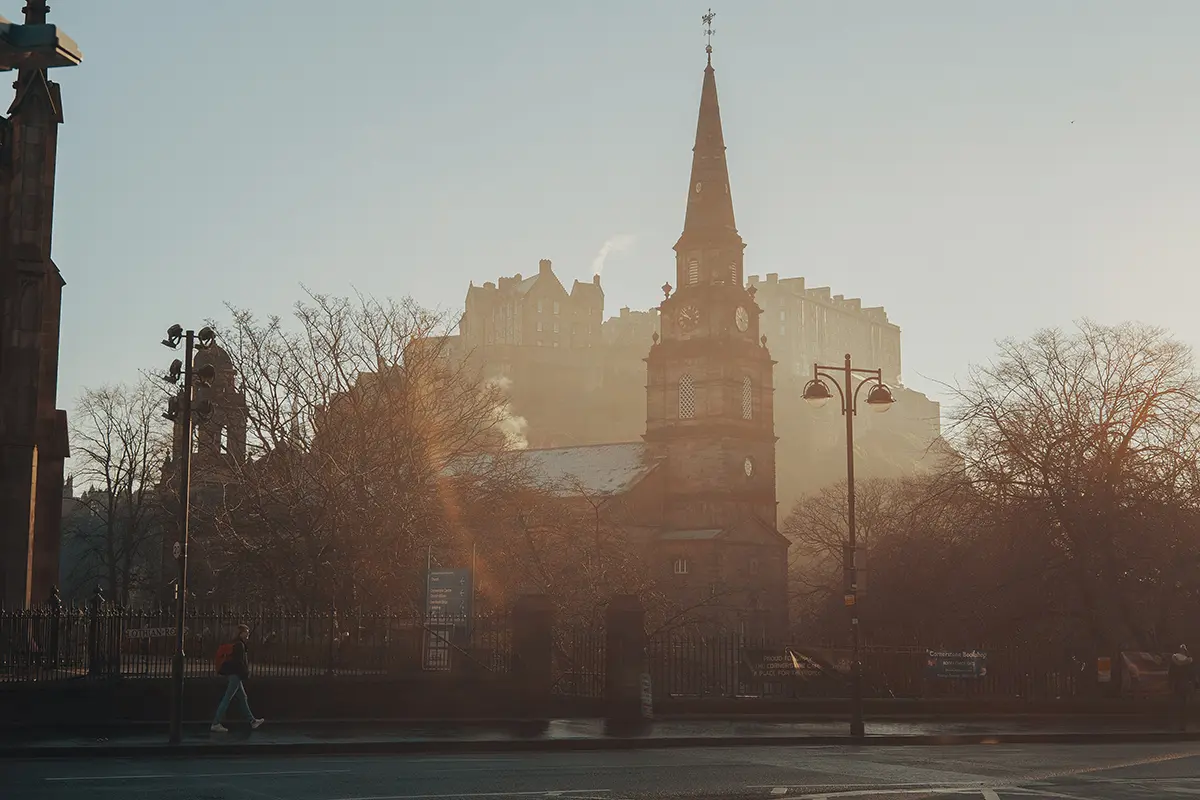
Edinburgh Castle sits proudly on the hill overlooking the city. Buildings and tourist shops crowd its feet, right up to the gate, where the square is being prepared for the famous Royal Edinburgh Military Tattoo.
Before you enter the castle, you walk through an unnatural framework cage, reaching into the sky, where grandstands will be set up for the spectacle of kilt-clad, bagpipe-playing soldiers marching back and forth. Crowds flock to the spot for entry into this famed castle. It is a Scottish summer: the sky grey, the wind bracing.
Edinburgh Castle is, in a sense, a modern castle, built more for prestige than to repel an invading army. It is also still a working castle, hosting army battalions and events of state. We gather with crowds of people around us, near the tiny chapel as well as below us, to watch the gun salute. On the lower level, where a cannon waits in anticipation, a soldier brings some people past the barricades and they get a close-up look of the ceremony. Another soldier marches out a huge shell and proceeds to load the artillery piece. Eventually, the gun is fired; a resounding boom that carries for miles across the peaceful-looking city below.
Behind where we are standing is a large, neo-gothic structure, with darkened windows and a deep sense of mystery. The style is different from the rest of the buildings, so we take a look.
The line is not long and soon we’re inside a massive hall, with walls reaching heavenward, crowned with arches. This is the war memorial, with all the gravitas of a cathedral.
A deep sense of mystery rests on the basilica. The vaulted ceilings and long stained-glass windows make the building seem bigger inside than it did out.
Colourful scenes depicting servicemen—army, air force and navy—mingled with religious imagery play out in each alcove, enhancing further the feel of being on holy ground. Ushers man the floor of each room, ensuring quietness and a strict no photo/video policy is adhered to. The quiet adds to the gravitas of the place.
In many ways, it is a religious experience, bringing up feelings of sorrow for lost life, gratitude, freedom, nostalgia, all mixed up in a heady cocktail of emotion.
Scotland is an increasingly-secular country. In a 2022 census, 51.5 per cent of its citizens selected “no religion” as their belief system. Yet, even as Western countries lose the faith that once informed the construction of many of these memorials, their dignity and significance remains. The National War Memorial in Canberra, ACT, and the Shrine of Remembrance in Melbourne, Victoria, have the same sense of “holiness”—meaning set apart, dedicated or consecrated to a religious purpose.
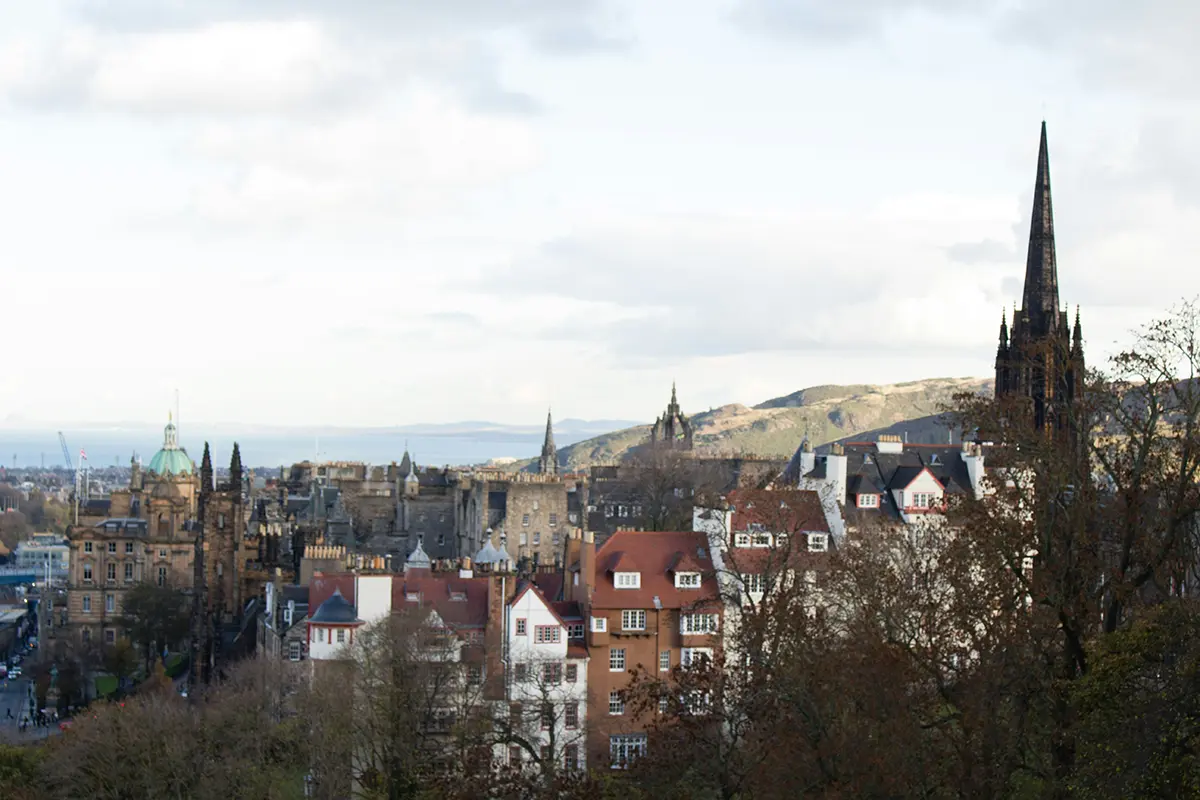
take me to church
At 11am on November 11, light shines through a gap in the roof of the Melbourne shrine illuminating the word “love” in a quote with biblical origins set into an open box on the floor:
Greater love has no man than this, that he lay down his life for his friends (John 15:13).
Gathering in the pre-dawn light, laying wreaths and lighting candles, spending time in contemplative silence, even hymns and poems with special meaning attached—there are a lot of elements shared by religious observance and military memorial services.
The West has largely lost its connection to traditional religion but having a common national story that pulls everyone together seems to be the void that these commemorations fill.
I asked Dr Daniel Reynaud, an emeritus professor at Avondale University who has studied and written several books on Anzac history, why war memorials are such an important cultural site in Western culture.
“They help us remember and celebrate events that have taken on a meaning that transcends the actual event,” he said. “In effect, they contribute to the national mythology in a way that matters.”
Former Australian prime minister Scott Morrison called the National War Memorial in Canberra the “soul of the nation” in 2018.
It is sacred to us all. It transcends politics—it transcends all of us.
The days that we celebrate those events are especially “religious”, Dr Reynaud says.
[Days like Anzac Day and Remembrance Day] embody the classical elements of religion: an ideology that appeals to something greater than ourselves, saints and heroes, rituals, sacred places and pilgrimages, relics and a popular dogma.
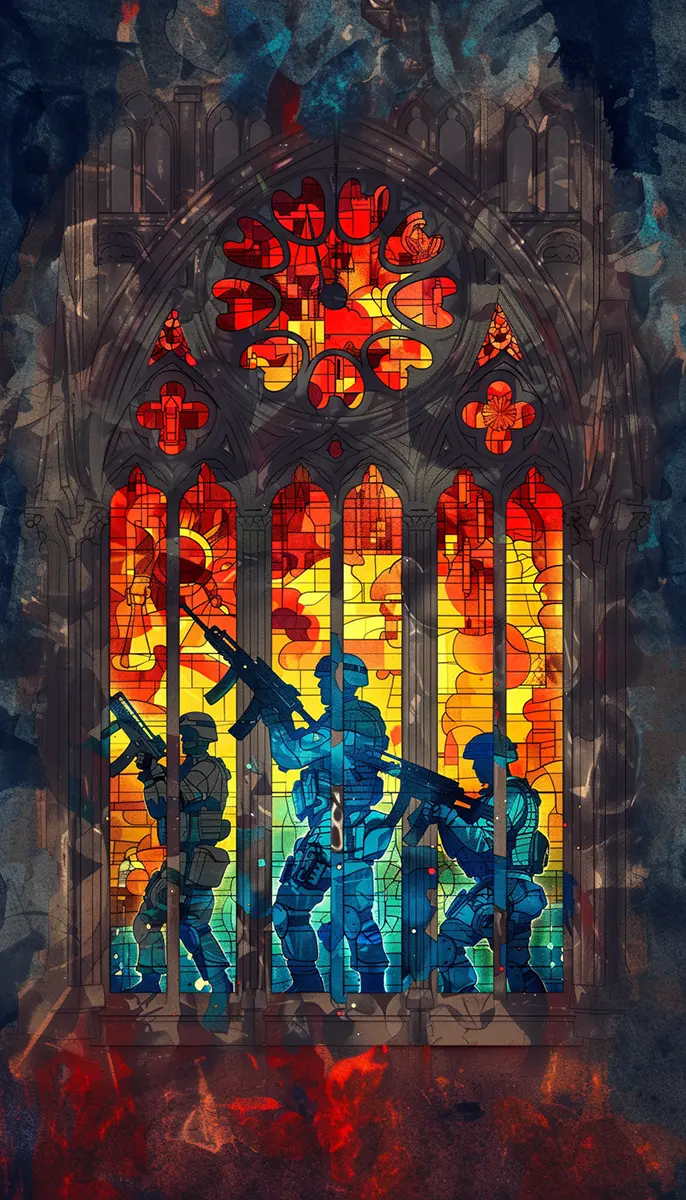
“I think that honouring the sacrifices that people have made on behalf of their community is valuable,” he continued. “That includes what people have done in war. But it should also include what firefighters, police officers, emergency services, medical personnel and teachers do on a day-to-day basis.”
While these are some of the positive aspects of these memorialised days, academics have noticed some of the dangers in the increasing religiosity of war commemoration.
altars of sacrifice
KS Inglis in his book Sacred Places: War Memorials in the Australian Landscape describes the phenomenon as a civil religion and calls out the growing “cult of Anzac”.
There is a danger that these kinds of commemorative events can be hijacked to mythologise and glorify war, nationalise populations and foment violence.
Dr Reynaud also notes that war can be a powerful tool to galvanise a nation—though he warns of the collateral damage.
Mythologising war can be a dangerous tool in the hands of an aggressive nationalism that channels discontent into violence against any group perceived as “the other.” Hitler did it, Stalin did it and many modern leaders are currently doing it—in Russia, China, North Korea, but also particular politicians across Europe, America and even Australia.
Of course, mythologising war isn’t an end unto itself—it’s key in mobilising a population toward a common goal, even if that goal is not in the best interests of the population. To stop this from happening, Dr Reynaud suggests we must become more comfortable telling the complete and unvarnished truth about the good and bad in our history.
The best way [to balance the dangers and positives] in my opinion is to tell the truth. For example, not all the Anzacs were heroic: some were downright criminal; others were incompetent. One-in-five were born in the UK and their accents were common across the AIF. They fought to keep Australia white—an idea that was virtually unquestioned at the time but now is lost from view. One-in-four-or-five was actively Christian. Four-out-of-five were from cities and towns, not the bush.
the whole truth and nothing but the truth
There are many assumptions and misconceptions that have grown up around the Anzac legend over the years including those just listed.
Interestingly, Dr Reynaud points to the Bible as a good example of how to honour and commemorate important stories while at the same time, telling the warts-and-all truth.
I think the Bible is brilliant in the way that it can honour men and women of faith without having to whitewash their behaviour or character. We can do the same with war memorialisation.
The “heroes” of the Bible are always described alongside their flaws and failings. Abraham, the father of the nation of Israel, tried to protect his life by offering his wife to foreign kings; King David was a murderer and adulterer; even Peter denied Jesus.
Being realistic about our national heroes can help us balance a sense of awe and appreciation for their sacrifice with an understanding that not everything was perfect—and that we all have an opportunity to make positive changes in our society.
All the imperfect heroes in the Bible were used by God and their stories still inspire today. Perhaps our Western societies can still learn a thing or two from the Bible.






